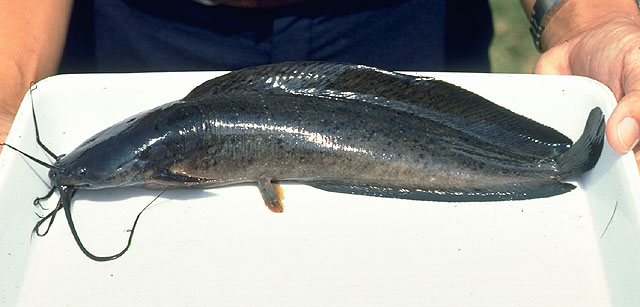If your water is still milky... I would be curious why... are the other ponds of your sister in law, milky colored as well??? assuming there must be some reason why it has not settled out by now... is the soil silty & grey??? are lots of the ponds or drainage in your area milky colored ??? or where do you think the milky color is coming from???
would hate for it to be hazardous to your health, eating fish from the pond, if something not good for you was leaching into the pond
Yes. Milky color is common for new ponds in the area. It is ugly, and it may affect the flavor, but I'm not overly concerned with my health.
I've been reading online as to possible reasons why the water is milky white. Based on what I've read, and my observations, it is milky due to runoff and bank erosion carrying fine clay and suspending in the water column. Her ponds are less cloudy than mine, but are well established and do not erode like mine.
I'm battling with the erosion, and it is the rainy season. I am wanting to put loose burlap down on the edges, but they advise patience, and to 'seed' the edges with Lemon Grass (they say it has a good root system. Done months ago, but not helping.)
There is no well water drilled for the pond -yet- (a sore point between my Wife and I, don't ask) After digging, the ponds filled almost overnight from ground water only. Initially the water was crystal clear, with a slight blueish tint to it. (seriously looked like something from an amusement park) It stayed crystal clear until the first rain almost a week later. The water clouded overnight after the first rain. This is why I feel it is suspended clay, and not a bacteria bloom or contamination.
I have been advised by the locals that hay will clear the water. I have confirmed this online as one of the non-chemical methods. We have tossed 3 bales of 'rice hay' into each pond. (13 days ago, now) A known downside is that this will reduce the oxygen content of the water as the 'hay' decays. (Frankly, I'm more concerned with the erosion. Undercuts on the bank are making it dangerous to walk along it's edge.) So far, in these 13 days since the hay's introduction, I have 'not' noticed a decrease in the water's turbidity. Meanwhile I 'have' noticed that the fish will sit at the water's surface gasping. I don't think the hay can keep up with the suspended particles due to erosion.
In an attempt to increase oxygen levels in the water, I have ordered a couple of solar air stones for each pond. Unfortunately, from what I understand, even the slight turbulence from these stones will prevent the water from clearing.
-sterling


